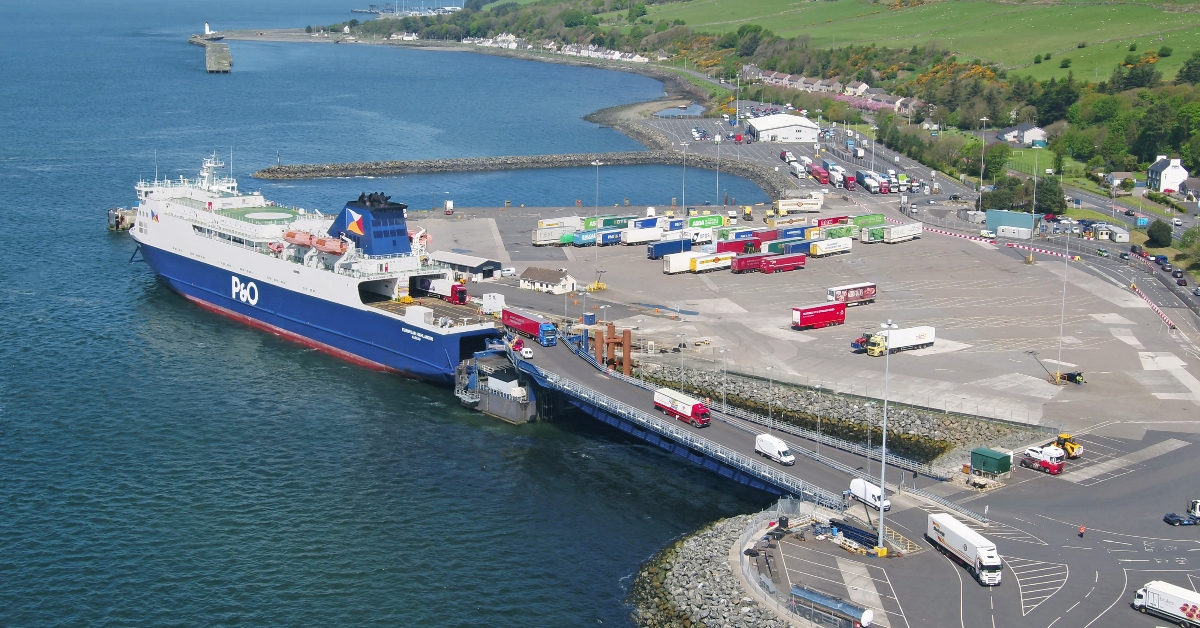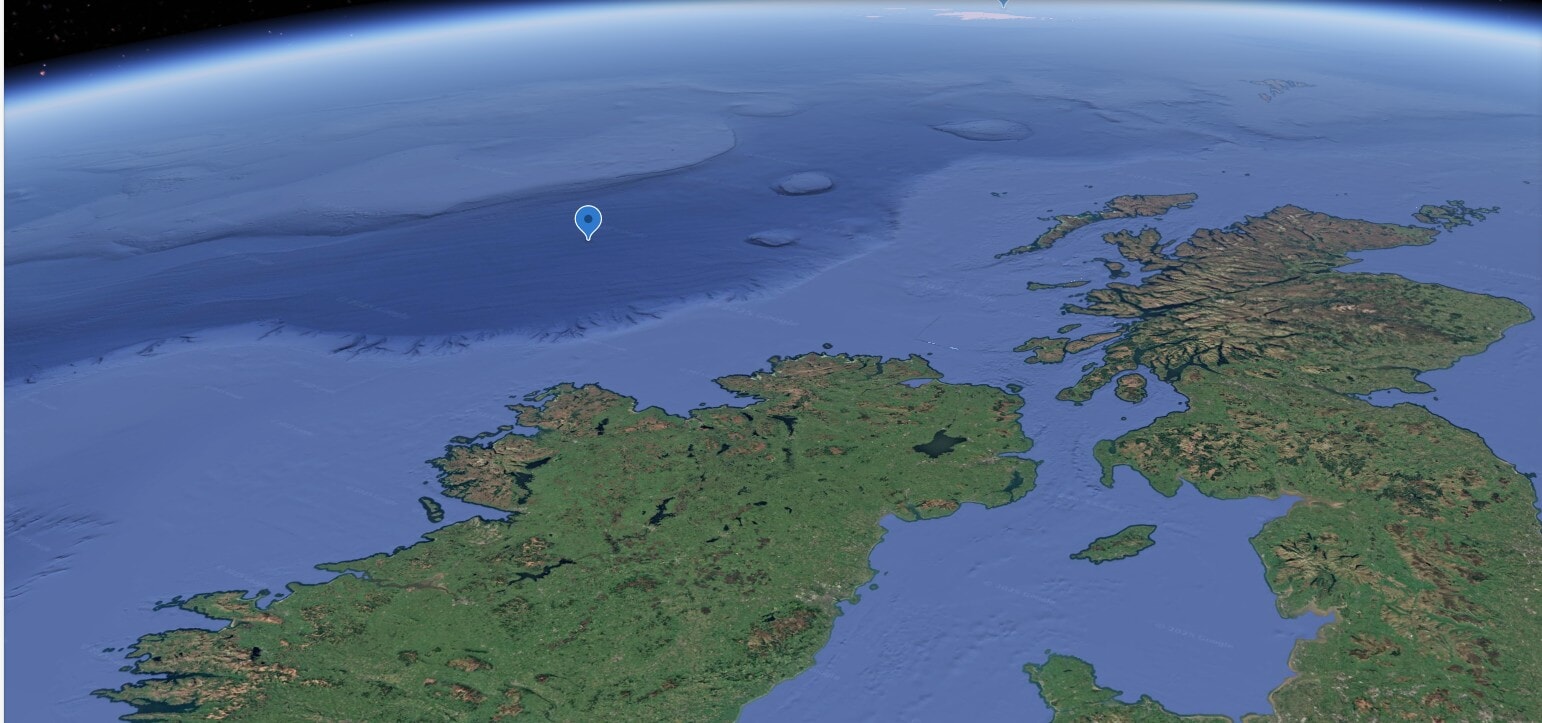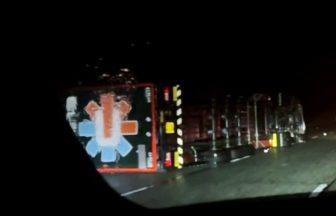In 1936, a German researcher named Gerhard Schrader created the first ever nerve agent by accident.
He was attempting to develop a new insecticide for Germany’s food supply, but instead created a deadly chemical weapon, which, while on the brink of war, Hitler would begin developing to use on the Allied forces.
Thankfully, the nerve agent was never deployed by the Nazis, and after the war, Britain found itself needing to dispose of what it had seized.
Operation Sandcastle was the mission to get rid of a stockpile of more than 71,000 bombs in the sea off the coasts of Scotland and Northern Ireland.
Today, 70 years on, there are still many unanswered questions.
They called it Tabun
After discovering that Schrader’s insecticide not only killed insects but also the animals around them, researchers began developing it as a weapon as World War II loomed.
The nerve agent was called Tabun, from the German word for taboo. While other chemical weapons such as mustard gas and phosgene took hours or days to kill victims, Tabun required only 20 minutes.
In 1943, the first large-scale Tabun factory was up and running in Poland.
Hitler, however, never sanctioned the use of Tabu. In the years after the war ended, the British captured thousands of German bombs filled with the nerve agent.
While most were destroyed, a stockpile was split between Britain and the US.
But many of the bombs were leaking or were too dangerous to keep.
In 1954, the Ministry of Defence concluded that the Tabun held no value in a world with nuclear weapons and, by then, more advanced chemical weapons like sarin were prevalent.
Operation Sandcastle
Operation Sandcastle was tasked with dumping the stockpile of Tabun 80 miles north west of Northern Ireland.
The stockpile was first brought to Cairnyan, in Dumfries and Galloway, where the weapons were divided among three ships to be ready for scuttling – the act of purposefully sinking a ship.
On July 25, 1955, 16,088 bombs were loaded onto the SS Empire Claire before it was towed out to sea.
 iStock
iStockAt around 10am, on July 27, TNT charges were used to sink the vessel and its load 2,500 metres down into the depths of the Atlantic Ocean.
The MV Vogtland and the SS Kotka were loaded with the rest of Tabun, approximately 26,000 bombs each, and they too were sunk.
The dark shadow left by Operation Sandcastle
In 2020, the Ministry of Defence was criticised after it was revealed it lost the records containing the details of 24 chemical weapons, including those of Operation Sandcastle.
It was also revealed that the dumped nerve agent was never monitored.
 Google Earth
Google EarthAccording to the then-secretary state of defence, there was no monitoring because of the depth of the water and because Tabun is “destroyed by hydrolysis and rendered harmless in seawater”.
After the destruction, the world has not seen the end of chemical weapons.
During the Iran-Iraq war beginning in 1980, Iran engaged in chemical warfare against Iraq.
It was used in the Tokyo subway terrorist attacks in 1995.
In 2012, the Syrian regime used the chemical weapon sarin on its own civilians during the 14-year-long civil war.
Follow STV News on WhatsApp
Scan the QR code on your mobile device for all the latest news from around the country


 Getty Images
Getty Images

























